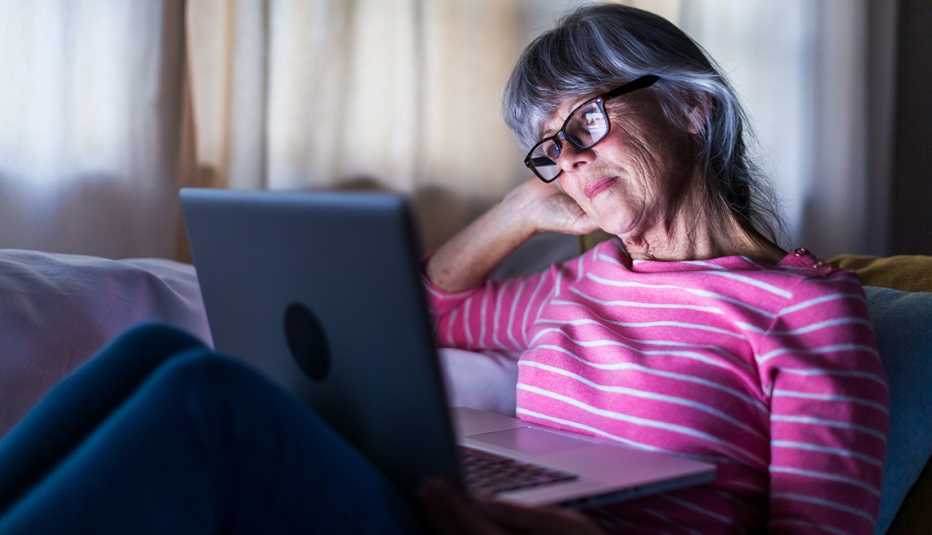Staying Fit
Medical practices around the country are closing their offices and opening their laptops to provide health care to millions of Americans who are under guidance to stay home to slow the spread of the new coronavirus. Since the start of the pandemic, telehealth services have soared in the U.S., with some care settings, such as the Cleveland Clinic, reporting that demand for virtual visits is up more than 1,000 percent since the start of the outbreak.
"We have had the most significant increase in demand we've ever seen in our telehealth practice,” says Matthew Faiman, M.D., an internist and medical director of the Cleveland Clinic's virtual-visit platform, Express Care Online, which launched in 2014.


AARP Membership— $12 for your first year when you sign up for Automatic Renewal
Get instant access to members-only products and hundreds of discounts, a free second membership, and a subscription to AARP the Magazine.
With other virtual care providers reporting jumps in demand during the pandemic, experts predict that telehealth's newfound popularity may be here to stay.
Telehealth is ‘not what it was 30 years ago’
Telehealth — which is simply the use of email, video conferencing, online patient portals and other technologies to aid in the delivery of health care — has been used by medical professionals for decades as a way to connect specialists with rural patients, for example, and as a way for doctors to consult with one another on treatment plans. But newly waived fees and recently relaxed restrictions around its use, including for Medicare beneficiaries — all in response to the coronavirus outbreak — have led to “incredible transformations” in the field, says Karen Rheuban, a cardiologist and director of the University of Virginia (UVA) Center for Telehealth.
"Necessity is the mother of invention — I hate to use clichés,” she says. “We needed ways to get to our patients, all the more so during a public health emergency, and so that's the genesis for that huge scaling of telemedicine nationwide.”
Patients who otherwise would have come into the office for routine care are now visiting with their doctors from home through videoconferencing and remote monitoring. This includes people with COVID-19, the illness caused by the new coronavirus. In the past few weeks, UVA’s telehealth program has monitored around 50 patients in their homes with video-enabled tablets. Nurses check in on the patients with video visits, log their vital signs and make “determinations about the suitability for them staying at home versus coming to the hospital for admission” where they could expose others to the virus, Rheuban says.
Virtual consultations and mobile telemedicine units, which are equipped with medical instruments and a camera that transmits information to health care providers, make it faster and easier for physicians to relay critical information and provide care to staff and residents daily and on an urgent-need basis, Rheuban explains.



































































